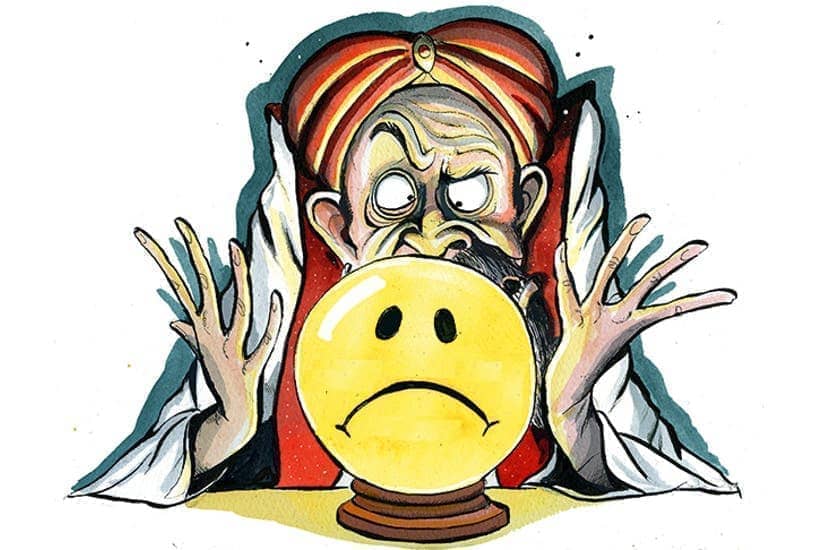The US Federal Reserve yesterday announced its biggest interest rate rise in 22 years. Today, the Bank of England follows suit, raising rates at the fastest pace for a quarter of a century.
But the biggest question remains: how successful will these hikes be at tackling inflation?
The Bank’s Monetary Policy Committee has voted six to three to raise interest rates from 0.75 to one per cent. This incremental 0.25 per cent rise was broadly expected by economists – though there had been speculation in recent weeks that the Committee might move faster, after March’s headline inflation rate hit seven per cent. Notably, Committee members in the minority were calling for a bolder hike of 0.5 per cent.
But the most explosive update in the Bank’s report today isn’t its immediate plan for rates, but its long-term forecast for the economy. The BoE estimates that inflation hit 9.1 per cent last month due to Ofgem’s energy price cap hike. And it expects inflation to peak in the double digits now, reaching ten per cent by the end of the year. (Keep in mind that the Bank has constantly undershot its inflation predictions: if the BoE predicts inflation could hit ten per cent, prices could well rise faster.)
Even more worrisome are the Bank’s updated projections for economic growth. The Bank’s latest forecasts don’t formally predict a recession (the economic contractions it predicts in Q4 this year and Q3 next are not back-to-back so would not qualify as a recession), but it does take us into recession territory, showing near-stagnant growth, or dips, from the start of 2023 onwards.
The only good news to cling to is its revised forecast for Q1 this year, which has been revised upwards from February. It now estimates 0.9 per cent growth (this figure will be confirmed next week when the Office for National Statistics publishes the figures). The Bank then expects only 0.1 per cent growth in Q2, a significant downgrade from the 1.2 per cent it predicted in February. This partially reflects a reduction in ‘government consumption’ – with programmes such as Test and Trace being wound down – but also reflects more painful economic realities, ‘as the real income squeeze weighs on consumption, and some adverse effects from Russia’s invasion of Ukraine are felt through supply chains.’
Despite this being the fourth consecutive hike, an interest rate of 1 per cent remains very low compared to historical standards. But modest changes in the cost of borrowing can make a significant difference, especially with inflation as high as it currently is (and expected to rise higher). As people are already having to grapple with higher costs for essential goods – including food, clothes and, critically, energy – they are slowly but surely looking at increasingly higher lending fees for their mortgage, loans and credit card debt too.
These rises have major consequences for the public finances too. As Chancellor Rishi Sunak pointed out last year, even a modest one per cent rise in both rates and inflation would force him to find around £20 billion extra just to service the UK’s debt. Debt servicing costs for the last financial year (to March) reached a record high of nearly £70 billion: borrowing costs are already spiralling, even with rates at historical lows.
Expect rates to keep rising. Markets are preparing for the Bank to hike rates to over 2 per cent by next year, and the Bank has laid out clearly this afternoon that it ‘may need to increase interest rates further in the coming months’ depending on the state of the economy.
But the biggest question remains: how successful will these hikes be at tackling inflation? Price spirals are notoriously hard to control once they get going, which is why the BoE’s refusal to admit rising inflation was anything other than transitory last year has been so damaging to its reputation. Similar to the Federal Reserve, there are increasing worries that failing to raise rates when inflation was relatively low could now lead to bankers trying to overcompensate for previous lack of action.
The risk is that we find ourselves with higher interest rates that further cripple the economy, but fail to meaningfully reduce price hikes. High inflation, low growth: if unemployment figures start to tick up too, you have all the ingredients for ‘stagflation’ in the year that was supposed to be defined by an economic bounceback from Covid restrictions.







Comments